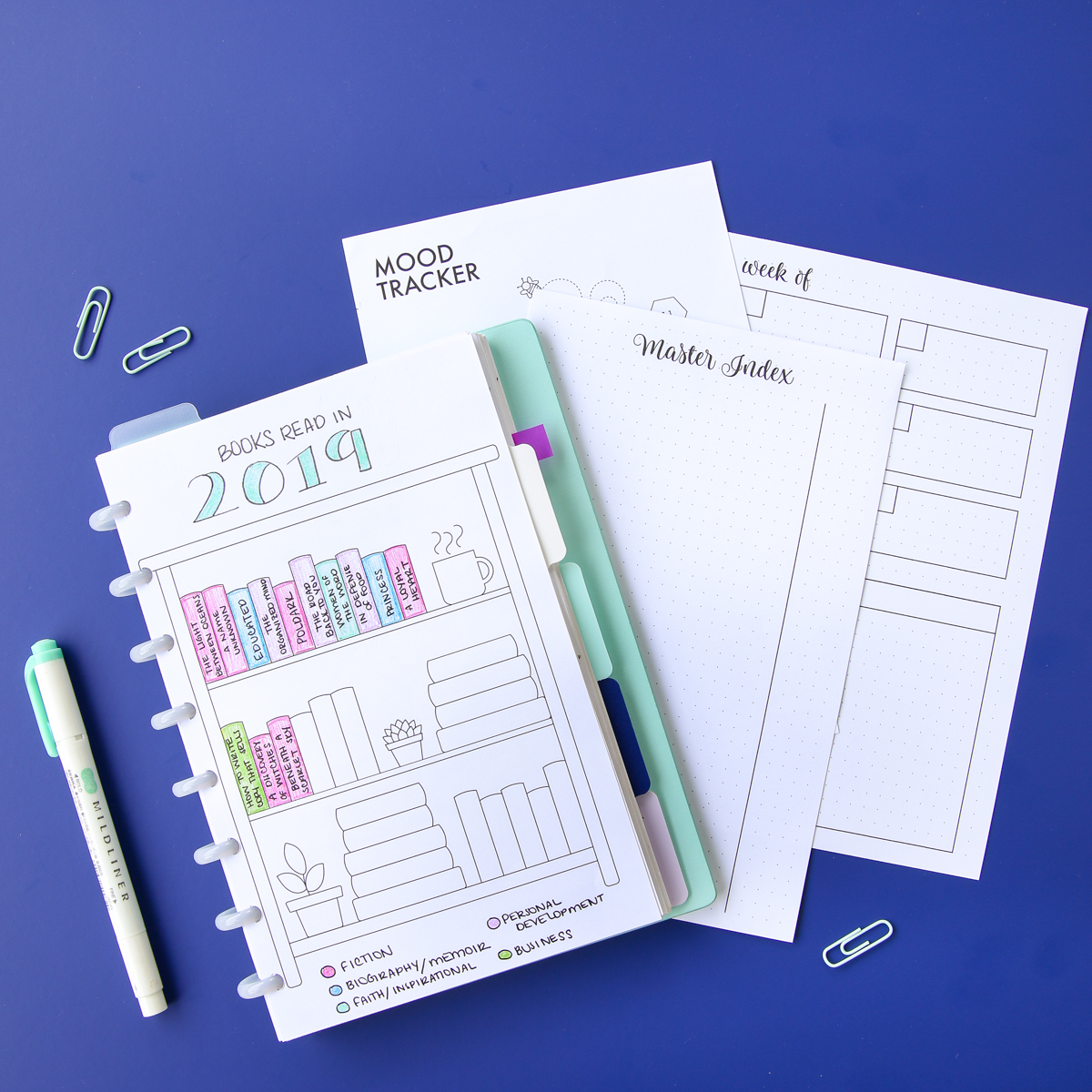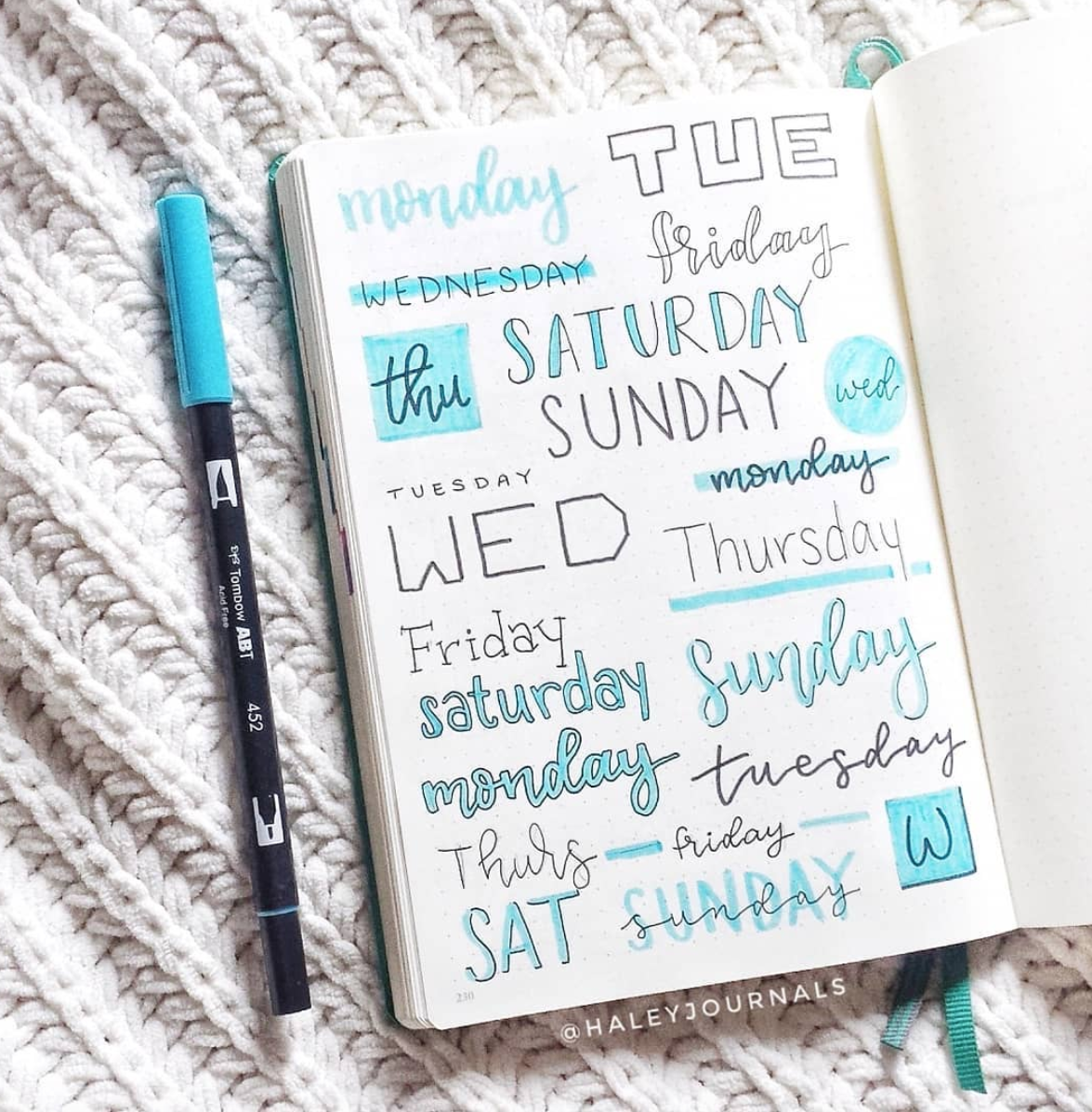
Use your future log as a place to queue your ideas and scan it over each month to move important ideas from the future log to your new month.

On the right, list all of the important tasks and things you want to do during the month. On the left, you should see the calendar and leave space to write events or memorable notes for each day. Your monthly log should take up a double-page spread. You don’t need to allocate a set number of pages since some days you’ll have more to write, and some days you’ll have less. In your daily log, write a page number and write what you see fit for the day. Notes are useful to elaborate on tasks and events of the day. Anything that captures your attention should be jotted down. Record important events neutrally, whether they are good or bad, because they will help you understand key habits and trends over time. To show urgency, add an asterisk.Įvents are denoted by an unfilled bullet. To move them into the future log, use a left-facing arrow. Once it’s completed, cross it over with an “x.” To reschedule tasks in the month, convert the bullet into a right-facing arrow. Your tasks, or your to-do items, should be denoted with a solid bullet. Whatever collection you are writing in, the content should fall into one of three sections: tasks, events, and notes. Lesson 2: Fill the pages of your bullet journal with the most important things by using rapid logging. These can be things like tracking fertility or meal planning. These are the core collections of your bujo, but you can also add personalized collections after the core collections. Lastly, the future log is where you place the ideas that you won’t get to this month and save them for the future. And the monthly log is an overview of your month and helps you see what’s done and what needs to be done. The daily log is where you keep all the thoughts and reminders of the day. The index tells you where everything in your journal is and makes sure you never forget an idea or appointment again. The bujo is broken up into four sections or collections: the index, daily log, monthly log, and future log. Forget journaling with a computer because WiFi only allows for more distraction, and you want as much focus as possible. Next, grab a physical notebook and something to write with. This is the first lesson of your bujo: what you leave out is just as important as what you put into it. Soon you’ll have what you really want to go into your journal. Next, look at each task and ask yourself, is this task necessary or important to me? If not, cross it off. Go as long as it takes until your mind is emptied. In the next column, list what you should be doing, and in the last column, list what you want to be doing. In the first column, list the things you are doing right now at work and in your personal life. Grab a sheet of paper and divide it into three columns. It should instead be a tool to help you focus on the most important things in your life.
#Bullet journal full
Your bullet journal, also affectionately known as a bujo, shouldn’t be full of random ideas you never revisit. It’s important to organize your thoughts before you begin writing.
#Bullet journal pdf
If you want to save this summary for later, download the free PDF and read it whenever you want.ĭownload PDF Lesson 1: To start, narrow down your ideas and grab your notebook. Bullet journaling allows you to reflect on the big picture by migrating tasks month to month and year to year.
#Bullet journal how to
Start filling your journal with important things by learning how to rapid log.To get started, edit down your to-dos and get your ideas on paper.Here’s the book summarized in just 3 lessons: So get ready, because you’re about to get really excited about organizing your life!

You’ll find that bullet journaling will allow you to prioritize and organize your tasks and goals like never before. The Bullet Journal Method by Ryder Carroll breaks down bullet journaling and makes this revolutionary productivity tool easy and accessible for everyone. It can also help you be accountable by serving as a way to track goals and reflect on your progress. It’s a surprisingly simple way to track your experiences, organize tasks, and store information.

What if I told you there was a planner that also could be used as a to-do list, journal, calendar, and mindfulness tool? Sounds too good to be true, right? Well, buckle up, my organized friends, because such a thing already exists- It’s called the bullet journal. Listen to the audio of this summary with a free reading.fm account*:


 0 kommentar(er)
0 kommentar(er)
